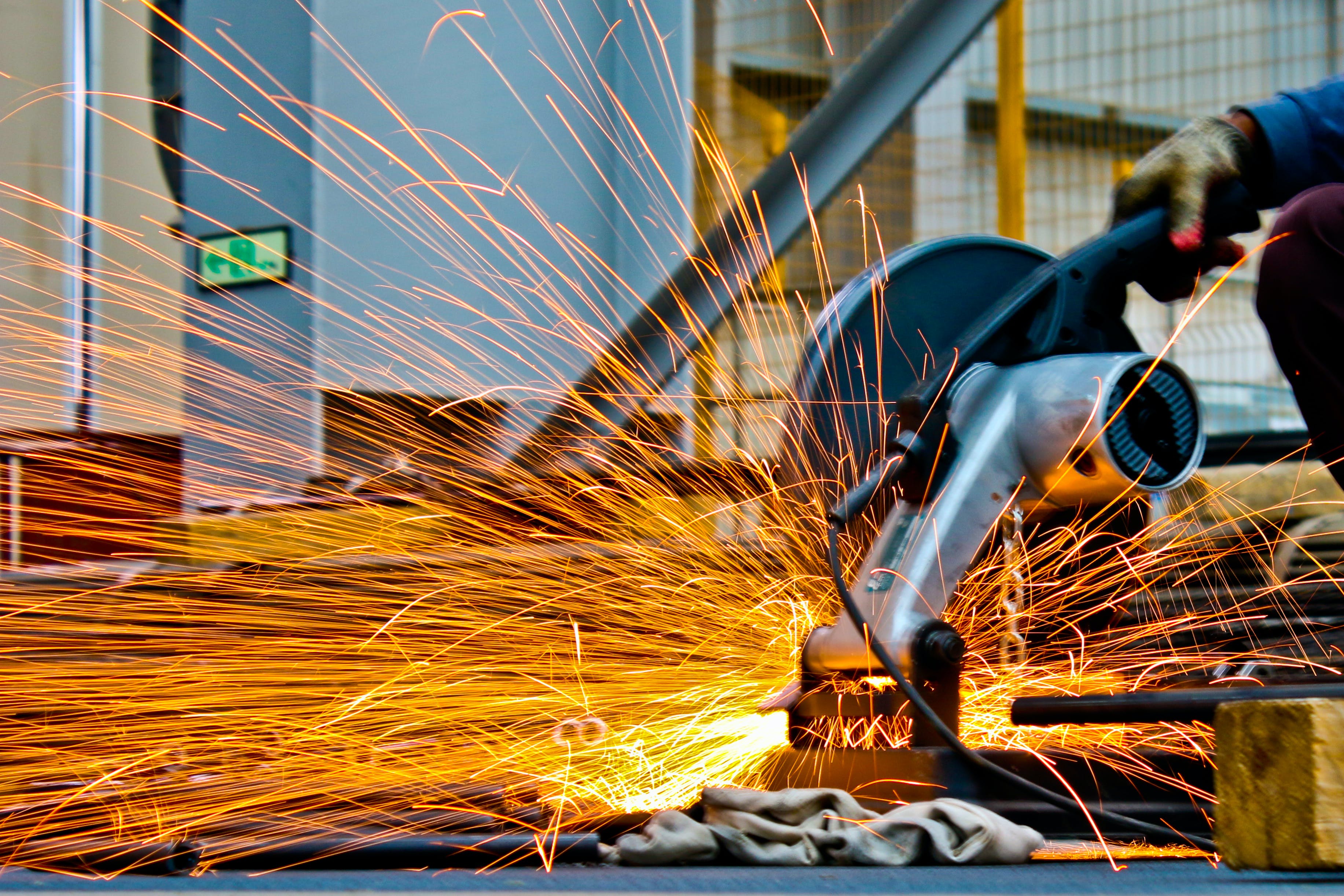Vacuum high and low temperature servo motors are engineering marvels designed to thrive where conventional motors fail. From the icy void of space to ultra-precise semiconductor labs, these specialized motors deliver unmatched reliability in extreme conditions. In this article, we reveal 5 groundbreaking applications of these motors and explain how a trusted vacuum servo motor factory ensures performance under stress.
1. Satellite Attitude Control in Space (Vacuum + Radiation)
In orbit, satellites rely on vacuum-compatible servo motors to adjust solar panels and antennas. Traditional motors fail due to lubricant evaporation and thermal distortion in space’s -270°C to +150°C swings.
- Solution: Motors with ceramic bearings, radiation-resistant coatings, and dry lubrication systems.
- Industry Benchmark: NASA’s JPL specifications require torque stability within ±1% under 10⁻⁶ Pa vacuum.
Keyword integration:
"Only a certified vacuum servo motor factory can engineer components that meet NASA-grade thermal-vacuum testing protocols."
2. Semiconductor Wafer Processing (High Vacuum + Precision)
In chip manufacturing, vacuum servo motors drive robotic arms in plasma-enhanced chemical vapor deposition (PECVD) chambers. Even microscopic particles can ruin billion-dollar wafer batches.
Challenge: Outgassing from motor materials contaminates ultra-clean environments.
Innovation: Stainless steel housings with ASTM E595-compliant low outgassing seals.
Keyword integration:
"Leading fabs partner with vacuum high and low temperature servo motor suppliers to achieve Class 1 cleanroom compliance."
3. Cryogenic Freezing for Medical Imaging (-196°C)
MRI and cryo-electron microscopy (Cryo-EM) systems use liquid nitrogen-cooled stages. Standard motors seize up at cryogenic temperatures.
Breakthrough: Motors with low-temperature grease (-200°C rating) and non-magnetic alloys to prevent MRI interference.
Result: Smooth motion control at 0.1μm precision for capturing cellular structures.
4. Nuclear Fusion Reactor Maintenance (Vacuum + High Heat)
ITER-style tokamaks require robotic arms to replace plasma-facing components in 10⁻⁴ Pa vacuum and 200°C heat.
Critical Feature: Dual resistance to vacuum-induced arcing and thermal expansion.
Data Point: Custom vacuum high and low temperature servo motors here achieve 10,000+ hours MTBF (Mean Time Between Failures).
5. Quantum Computing at Near-Zero Kelvin
Dilution refrigerators cooling quantum chips to 15mK demand vibration-free motion. Even minor heat from motors disrupts qubit stability.
Engineering Triumph: Vacuum-optimized motors with ultra-low electromagnetic noise (<0.5mV RMS) and helium leak-proof wiring.
Why Partner with a Certified Vacuum Servo Motor Factory?
Off-the-shelf motors rarely survive extreme environments. A specialized vacuum servo motor factory offers:
Material Science Expertise: Selecting alloys like Inconel 718 for thermal cycling resistance.
Validation Testing: Simulating Mars-like conditions (-120°C, 0.6kPa) in climate chambers.
Customization: Integrating nitrogen purge ports to prevent outgassing in high-vacuum systems.
From space exploration to quantum leaps in computing, vacuum high and low temperature servo motors enable technologies that redefine possibilities. When failure isn’t an option, collaborate with a vacuum servo motor factory that masters both extreme physics and precision engineering.
